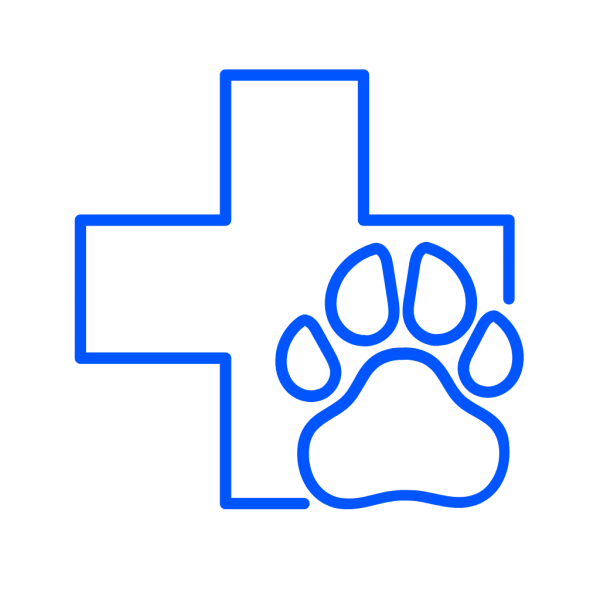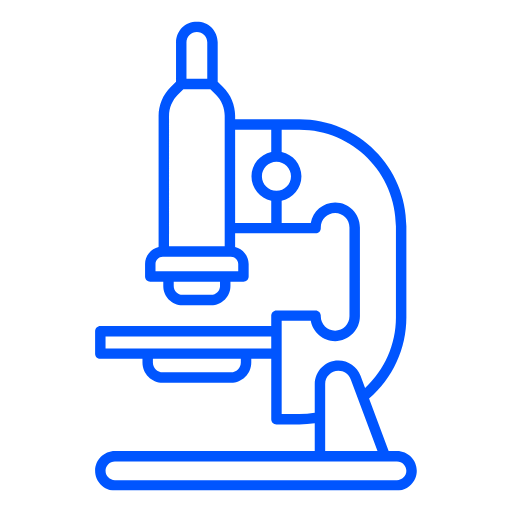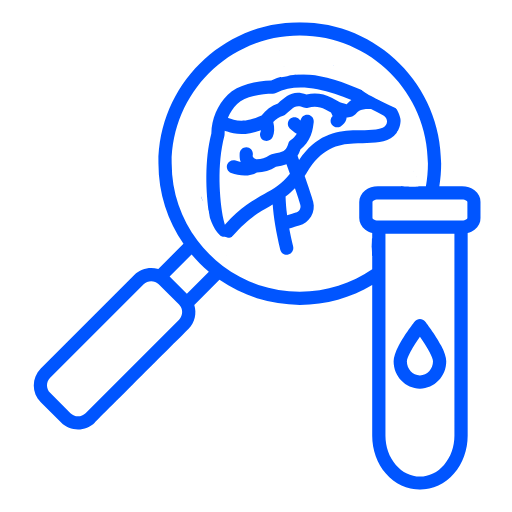Ultrasounds
From uncertainty to understanding - advanced diagnostics
Diagnostic ultrasound plays a critical role in evaluating complex or chronic conditions in dogs and cats. This non-invasive, advanced imaging technique allows our board-certified veterinary radiologist to assess the structure of internal organs in real time, providing valuable diagnostic and prognostic information.
Ultrasound is particularly useful when managing cases involving unexplained weight loss, vomiting, diarrhea, abnormal lab results, or suspected systemic disease. It also plays a key role in cancer staging, chronic disease monitoring, and guiding procedures such as fine needle aspirates. With the use of ultrasound alongside our internal medicine expertise, we’re able to diagnose and monitor your pets’ conditions and provide personalized care plans to help manage even the most challenging cases.
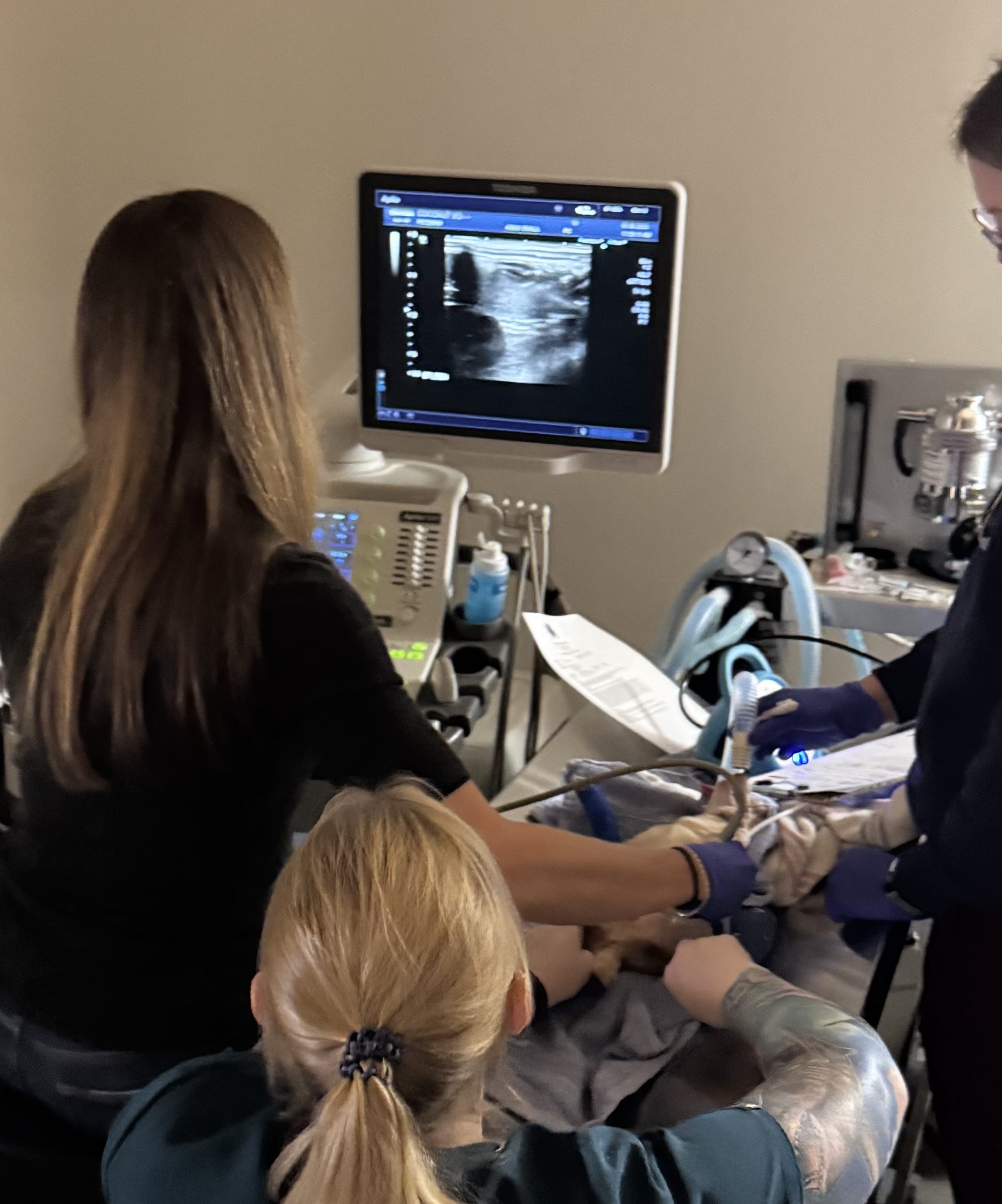
How to book this service?
It starts with an Internal Medicine referral. Please ask your family veterinarian for a referral to have your initial consultation booked!
We understand you may be struggling to find the help you need for your special pet. We want to help so we created a self-referral process for an internal medicine consultation.
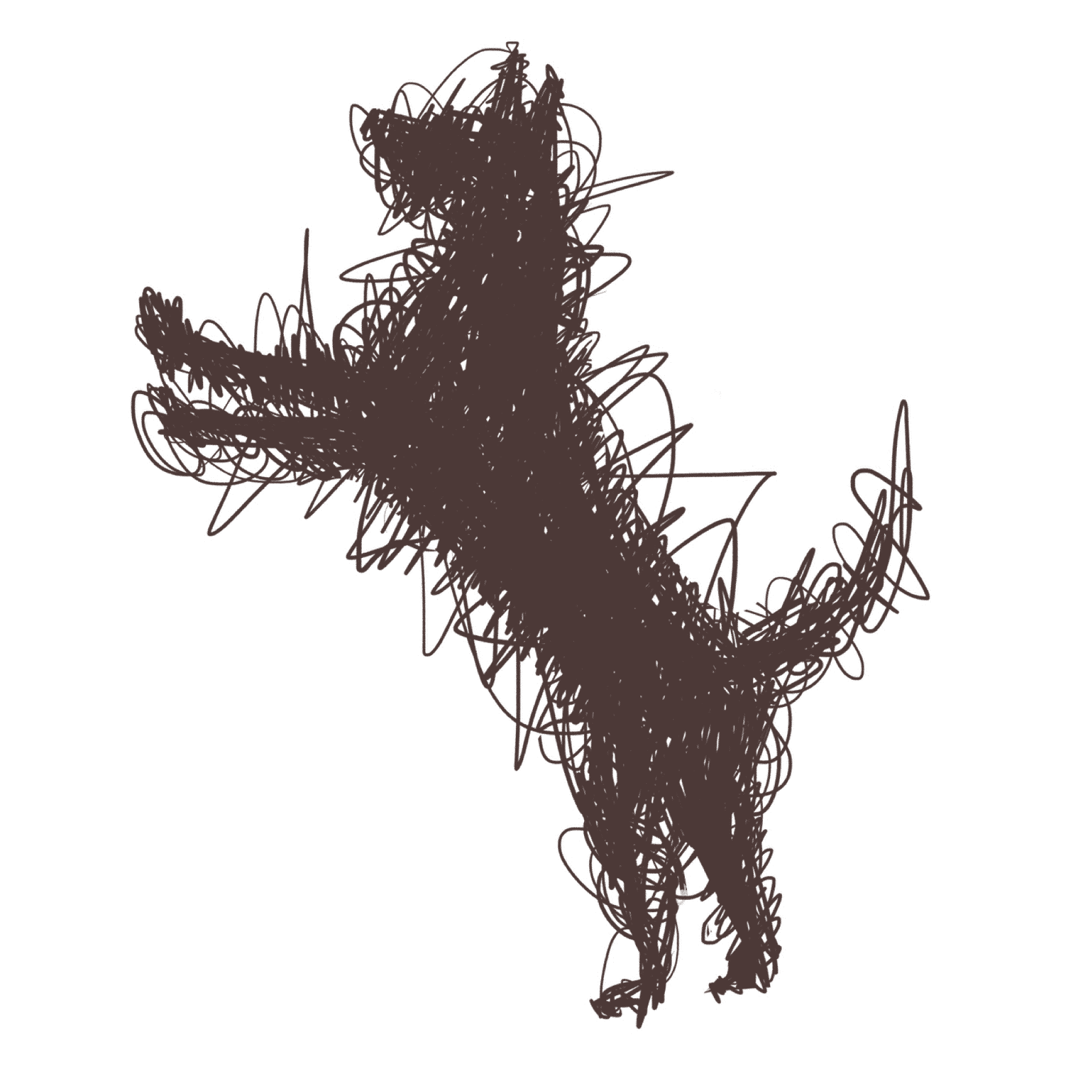
Frequently Asked Questions
Yes. When indicated, we can perform ultrasound-guided fine needle aspirates (FNA) or biopsies to obtain tissue or cell samples for further diagnostic testing.
Cytology involves collecting cells using a fine needle and examining them under a microscope. This is minimally invasive and provides rapid preliminary information about the nature of a mass or organ change—whether it is inflammatory, infectious, or potentially neoplastic.
A fine needle aspirate (FNA) is performed using a thin needle, often without the need for general anesthesia, to collect a small number of cells from an organ or lesion. This is useful for screening and staging, particularly in cases involving the liver, spleen, lymph nodes, or abdominal masses.
Preliminary findings are often discussed the same day, with a detailed interpretation provided shortly thereafter by our board-certified veterinary radiologist.
Most ultrasounds take 30–60 minutes, depending on the complexity of the case and whether additional procedures (such as fine needle aspirates) are needed.
Yes. The area of interest is shaved to allow the probe to make direct contact with the skin and achieve the clearest images.
Fasting for 8–12 hours is typically recommended to reduce interference from gas in the intestines. Water is generally allowed. Specific preparation instructions will be provided by a PetDerm technician when your appointment is scheduled.
Yes. Ultrasound does not use radiation and is considered safe, lower risk procedure. Most pets do require sedation to allow for precise imaging position.
Ultrasound is a non-invasive imaging technique that uses sound waves to create real-time pictures of your pet’s internal organs. It helps assess their structure and detect abnormalities without surgery.
Explore Other Services

